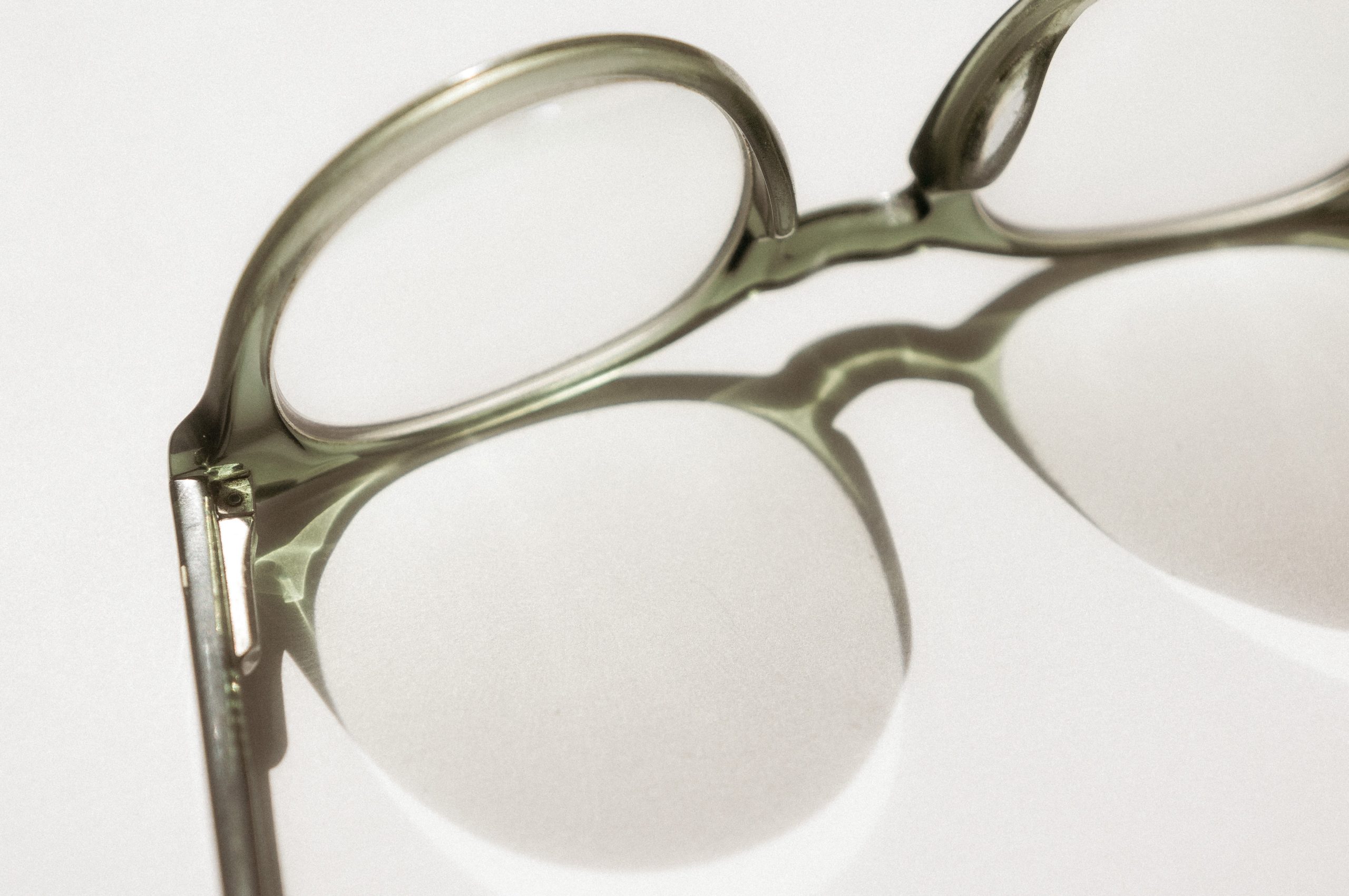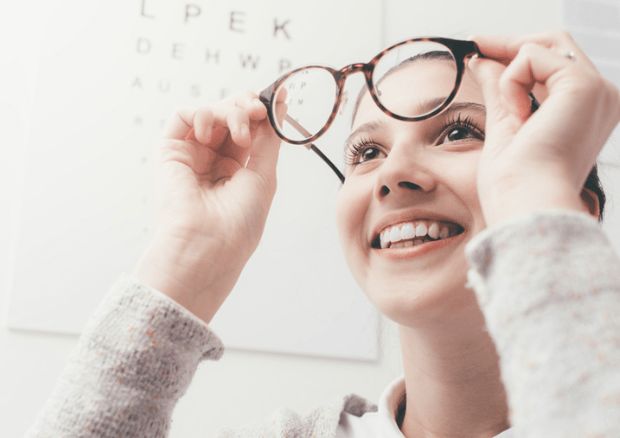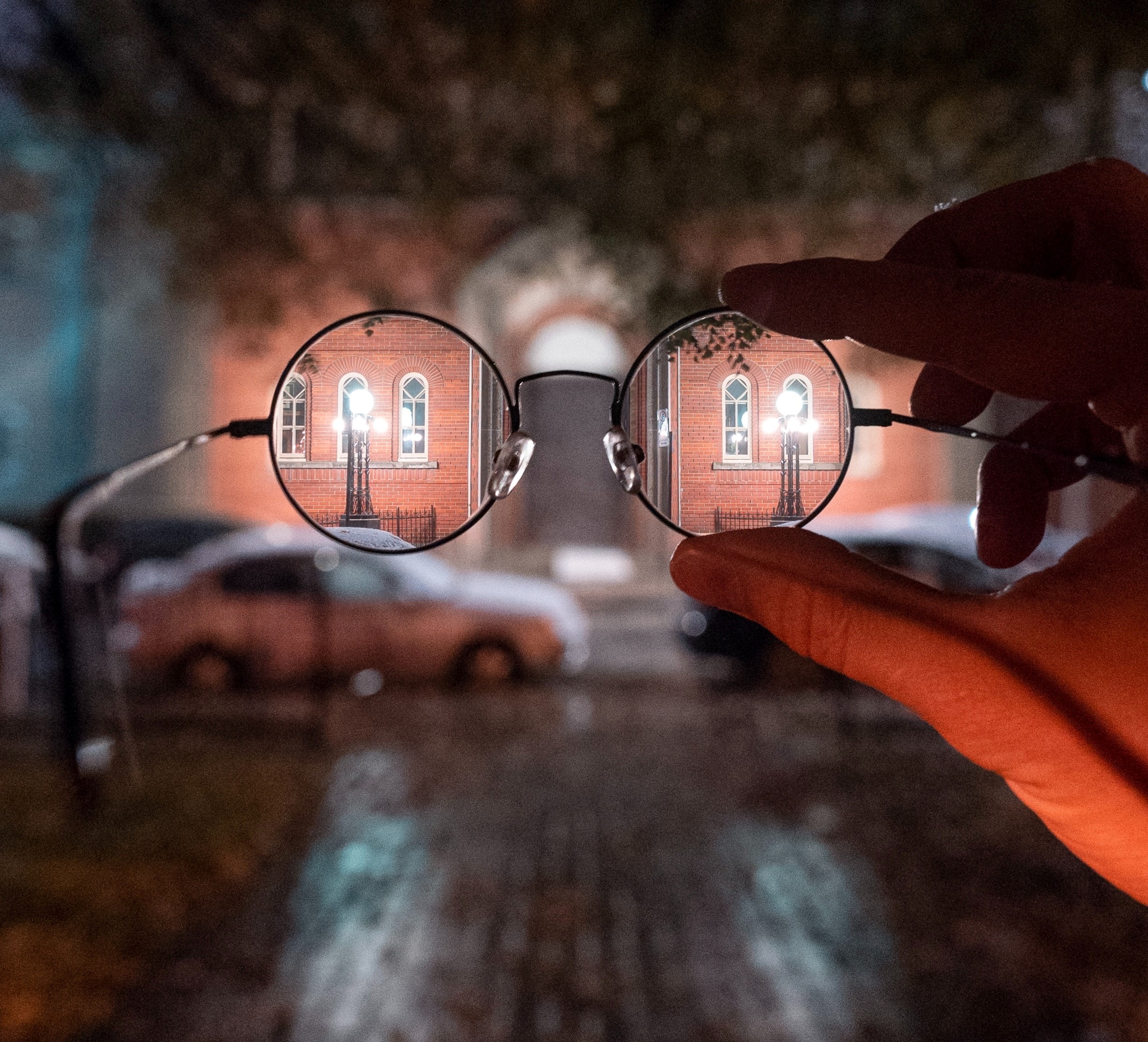How long does it take to get used to glasses?

The time it takes to adjust to a new pair of glasses can vary for each individual and prescription type. Adapting may take a few days to a couple of weeks. Initially, you might experience symptoms like headaches, dizziness, or blurred vision as your eyes and brain adapt to the new prescription and fit of your glasses. Consistently wearing your new prescription and being patient are key to overcoming these temporary symptoms. If discomfort persists beyond two weeks, it is advisable to consult with an eye care professional.
How Long Can It Take to Get Used to New Glasses
The adjustment period for new glasses depends on several factors, including whether the individual has worn glasses before and the degree of difference between the old and new prescriptions.
If the Same Prescription, But New Frames
If the eyeglass prescription is the same, but the frames are a different shape or size, the adaptation period is typically quick, ranging from 1 day to 1 week. Moving from a small to a large frame or vice versa is more challenging for those with a high prescription or those who wear progressive (multifocal) lenses. Symptoms like distortion, eye strain, and headaches may occur with a new frame.
If the Same Prescription, But a New Lens Type
If the prescription remains the same, but the lens type is new, the adaptation period may be longer. Wearers might experience distortion, eye strain, and depth perception difficulties for 2-3 weeks. Gradual adjustment is recommended, starting with activities like watching TV and building up to full-time wear over several days.
Why Getting Used to New Glasses May Take Longer
Adapting to new glasses may take longer due to significant changes in prescription, different lens types, or new frame styles that alter your field of vision. Progressive lenses or bifocals, which have multiple focal points, can require more time for adaptation. Common symptoms include image distortion, eye strain, blurry vision, headaches/nausea, and depth perception issues.
Distortion:
Occurs when objects appear warped, bent, or wavy. This can be caused by changes in prescription, lens material, or moving to a progressive lens or larger frame.
- Prescription Changes: An increased prescription alters light refraction, leading to visual disturbances. Higher prescriptions often result in thicker lenses, contributing to peripheral distortion.
- Lens Material Changes: Different materials, such as polycarbonate, high-index plastic, or traditional glass, have unique refractive indexes that affect light bending. Chromatic aberration and changes in lens thickness and weight also contribute to distortion.
- Progressive Lenses: These lenses have multiple prescriptions, creating areas of peripheral distortion. The brain needs to adjust to different magnification levels, which can initially cause swaying sensations or difficulty focusing.
- Larger Frames: Larger frames increase the distance between the lenses and the eyes, altering light entry angles and causing peripheral distortion or a "fishbowl" effect. Ensure the frame fits well, and the optical center is correctly aligned.
Eye Strain:
Eye strain manifests as tired, sore, or watery eyes. It is common when adjusting to a new prescription or lens design, particularly when switching from single vision to progressive lenses. Adjusting your workspace and learning to use the new lenses can help reduce strain.
Blurry Vision:
It is common when wearing new glasses and should settle after several minutes. First-time wearers and those with significant prescription changes may notice blurred vision during the adaptation period. Glasses designed for specific purposes may cause blurry vision at other distances.
Headaches and Nausea:
These can occur while adjusting to new glasses but typically resolve within a week. To minimize these symptoms, avoid switching between old and new prescriptions.
Depth Perception Issues:
The ability to judge distances may be affected by prescription changes or new lens types. This is common for those with high astigmatism or first-time progressive lens wearers.
How to Get Used to New Glasses Quicker

Consistently wearing your new glasses and gradually increasing wear time can help your eyes and brain adapt more quickly. Starting with shorter periods and extending wear time minimizes initial discomfort and facilitates a smoother transition.
Important Safety Precautions During Adaptation

- Avoid or take extra caution when using stairs initially.
- Be cautious when backing up your car, as depth perception may be affected.
- Use extra caution when stepping off curbs.
- Be aware of altered peripheral vision and depth perception in high-traffic situations.
When to Call Your Optometrist
If symptoms persist beyond a few weeks, consult an eye care professional. Your frame may need adjusting, or your prescription may need modification.
Key Takeaways for Adaptation
- Adaptation time varies based on the degree of prescription change and differences in frame shape, size, and lens design.
- Consistent wear and gradual adaptation aid the adjustment process.
- Blurry vision, headaches, eye strain, and distortion are common symptoms during the adaptation period.
- Proper frame fit, lens selection, and eye prescription are key to a quicker and easier adaptation.
- With these adjustments, your blog post will be clearer and more engaging for readers seeking information on adapting to new glasses.
Frequently Asked Questions
Eye strain and headaches are common when adapting to new glasses. If this persists, you should contact your optometrist.
It is normal for your vision to feel a bit blurry when you get new glasses. However, if this doesn’t go away or if you cannot see clearly, you should contact your optometrist.
If you have changed your prescription, lens type, or frame size, you may experience distorted vision. This is usually something that goes away with time, however, if it continues you should contact your optometrist.
Try wearing your glasses more regularly, without swapping between new and old glasses. To reduce eye strain, start by wearing your glasses for short periods of time and gradually increase this as you begin to adapt.

It is normal to experience problems while getting used to new glasses, and there are many strategies that you can use to speed up the process of adapting. However, it is important to recognize when your symptoms need further attention from your optometrist.
